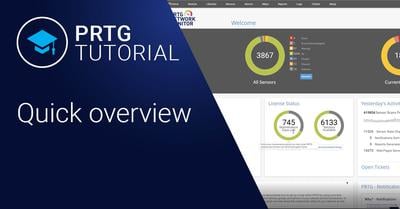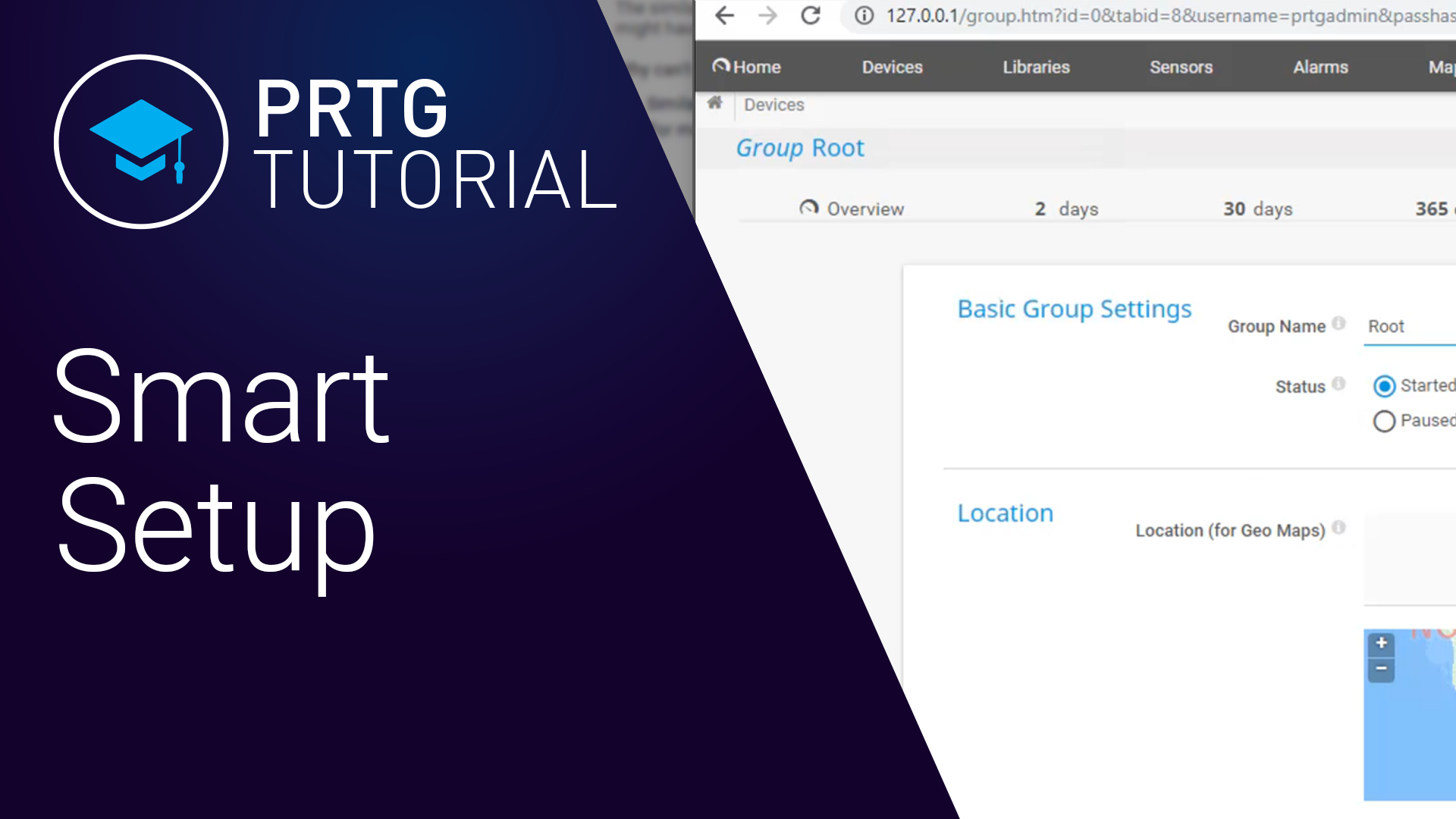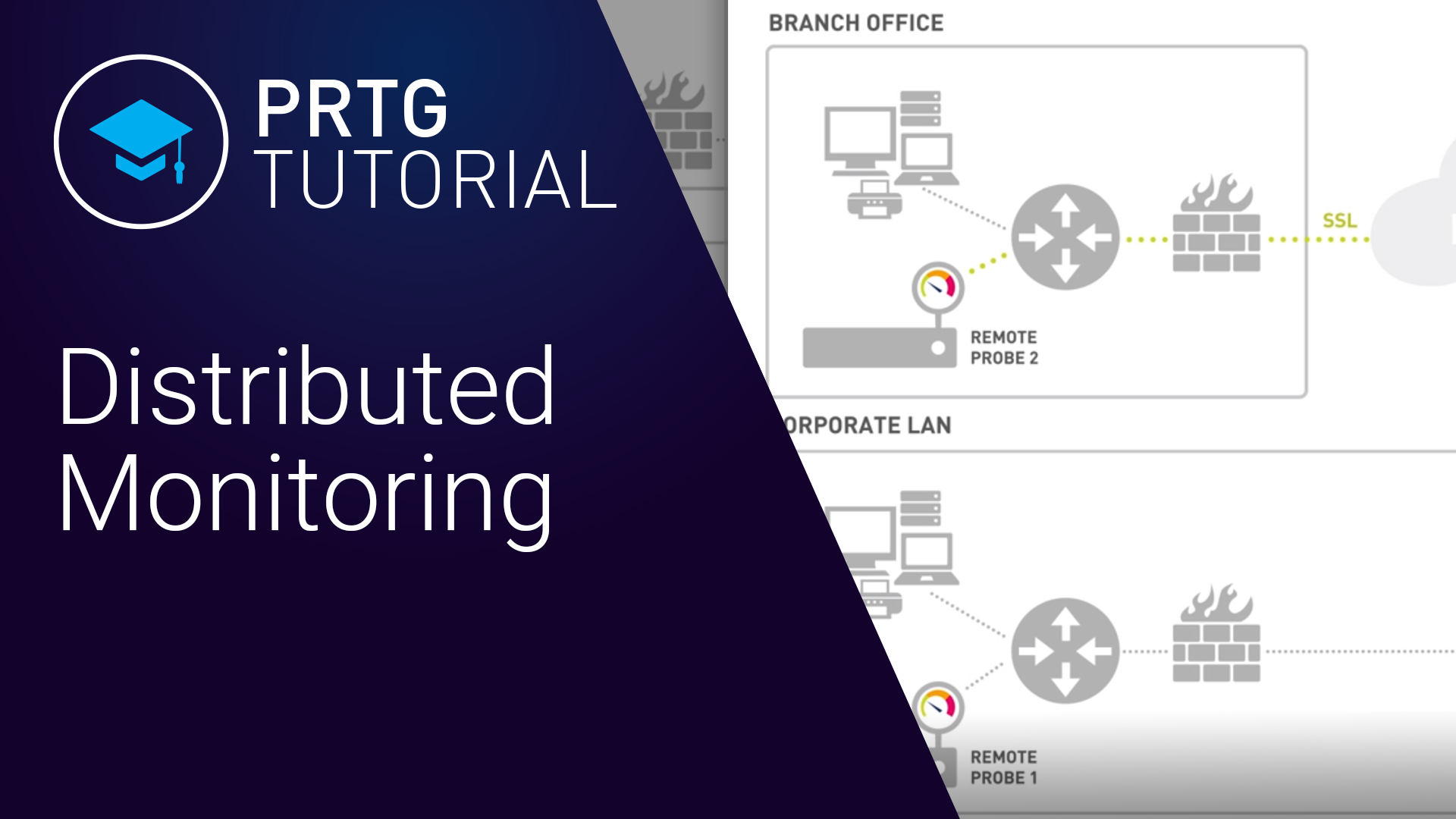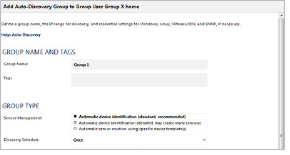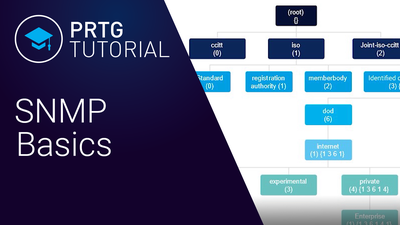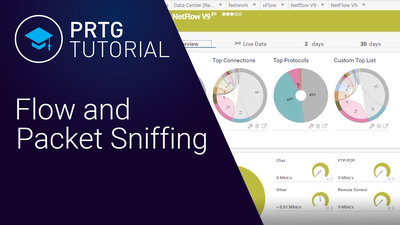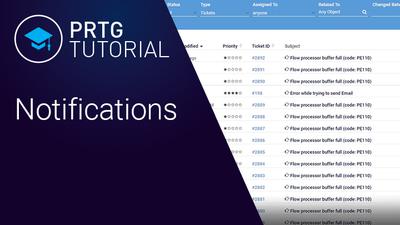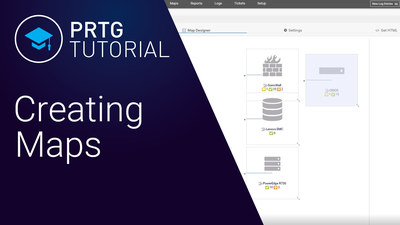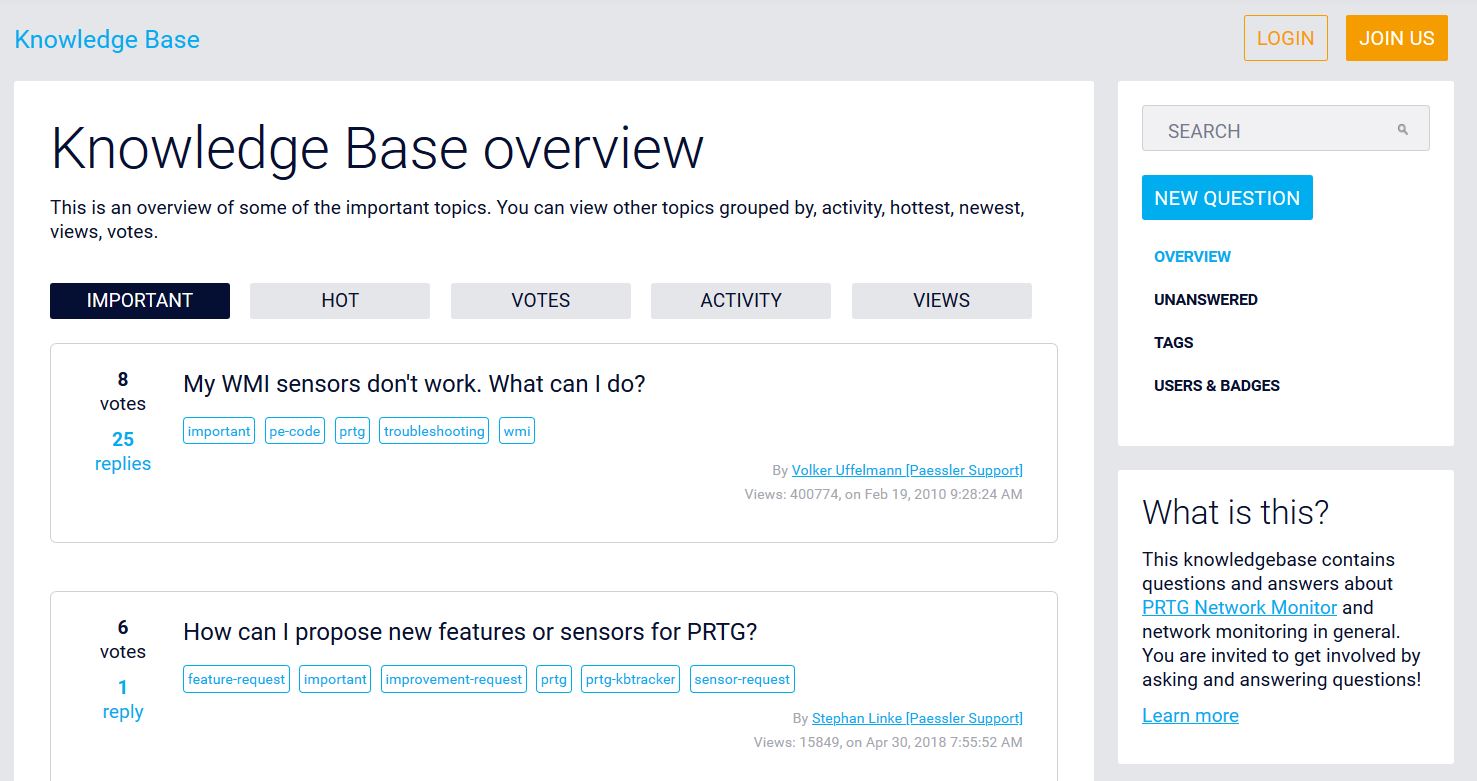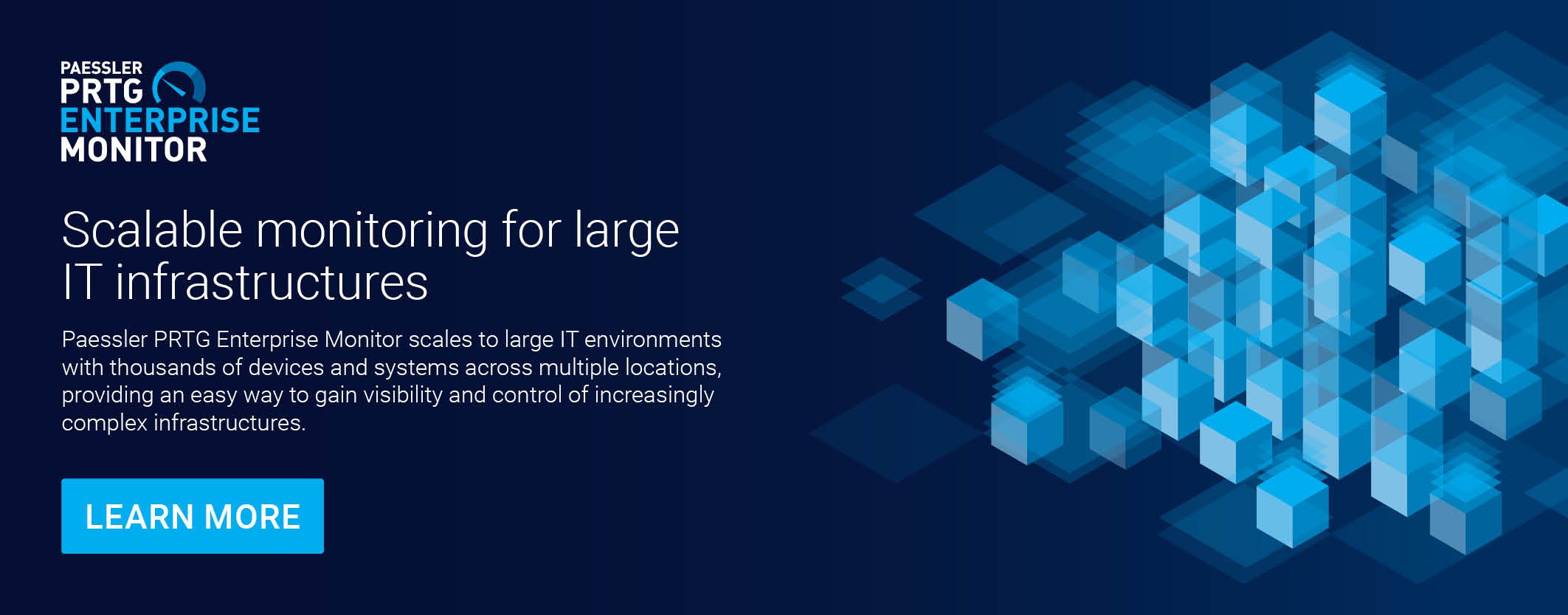Get started with PRTG
Before you get started
There are some important first steps before you start monitoring your network with PRTG. This e-learning module provides a quick overview of the main features of PRTG and a few important PRTG concepts, such as "sensors" and "sensor states", as well as an explanation of PRTG licensing. It then includes a discussion of how to get your IT infrastructure ready to be monitored, and recommendations for your PRTG system hardware and operating system.
Installation, configuration and administration
Everything you ever wanted to know about administering PRTG: in this module you'll learn how to install PRTG and activate the software. You'll also learn how to update the PRTG software, make backups of your PRTG installation or migrate to a new server.
PRTG architecture and components
What's a core server? What's a remote probe? This module explains the PRTG components and user interfaces, and gives an overview of the layout of the user interface. It then covers remote probes, and scenarios where remote probes are helpful. For those who require high-availability for their monitoring, this module also includes optional details about clustering in PRTG.
Working with the device tree
In this module, you'll learn how to structure your device tree, to arrange PRTG exactly the way you'd like. You'll learn about the PRTG object hierarchy and inheritance, and how to arrange the device tree to take advantage of inheritance. This e-learning module covers manual changes to the device tree, auto-discovery, libraries (alternative views of the tree), and device templates.
Basic sensor technologies
Now that you know how to structure your device tree, it's time to learn about sensors. This module covers the most common protocols used by PRTG sensors, and how to configure basic sensors. It covers SNMP sensors and bandwidth sensors in detail, so you'll learn how to set up the most important PRTG sensor types.
List of Available Sensor Types (Manual)
How to add sensor manually (Video)
Advanced sensor technologies
This module covers some of the more advanced PRTG sensors, such as custom sensors, receiver sensors and aggregate sensors. By the end of this module, you'll be able to set up your own custom SNMP sensors, custom script sensors and flow sensors. This module also includes discussion of how to monitor specific areas of your infrastructure, such as virtualization environments or VoIP.
List of Custom Sensors (Manual)
SNMP Custom and SNMP Library Custom sensors (Video)
Receiver sensors:
Bandwidth monitoring with flow and packet sniffing (Video)
List of Web Server (HTTP) Sensors (Manual)
SNMP Trap receiver and syslog receiver sensors (Video)
Composite sensors:
Monitoring specific areas of your
IT infrastructure:
Monitoring Virtual Environments (Manual)
Limits, triggers and notifications
This module shows you how to set up thresholds for your sensors, so you can see immediately when there's a problem in your network. In this module, you'll learn how and where to set up sensor limits, how to set up notifications, and how to trigger those notifications.
Maps (dashboards) and reports
This module covers methods to see the results of your monitoring: real-time dashboards, geographical maps, and historical reports. By the end of this module, you'll be able to create your own graphical dashboards, be able to display your devices on a geographical map, and be able to generate custom reports.
Resources and debugging
What to do, when you don't know what to do? This e-learning module introduces the most important resources for learning more about PRTG: the manual, the knowledge base, and the video tutorials. It then covers the free tools Paessler offers to help you debug problems, and links to the most common issues with PRTG, including tips on how to fix them.
General resources:
Module 10:
PRTG Enterprise Monitor and ITOps Board
In large IT environments, IT teams with thousands of devices and systems across multiple locations need an easy way to gain visibility and control of their increasingly complex infrastructures.
That's where PRTG Enterprise Monitor and ITOps Board come into play.
ITOps Board tutorial videos:
